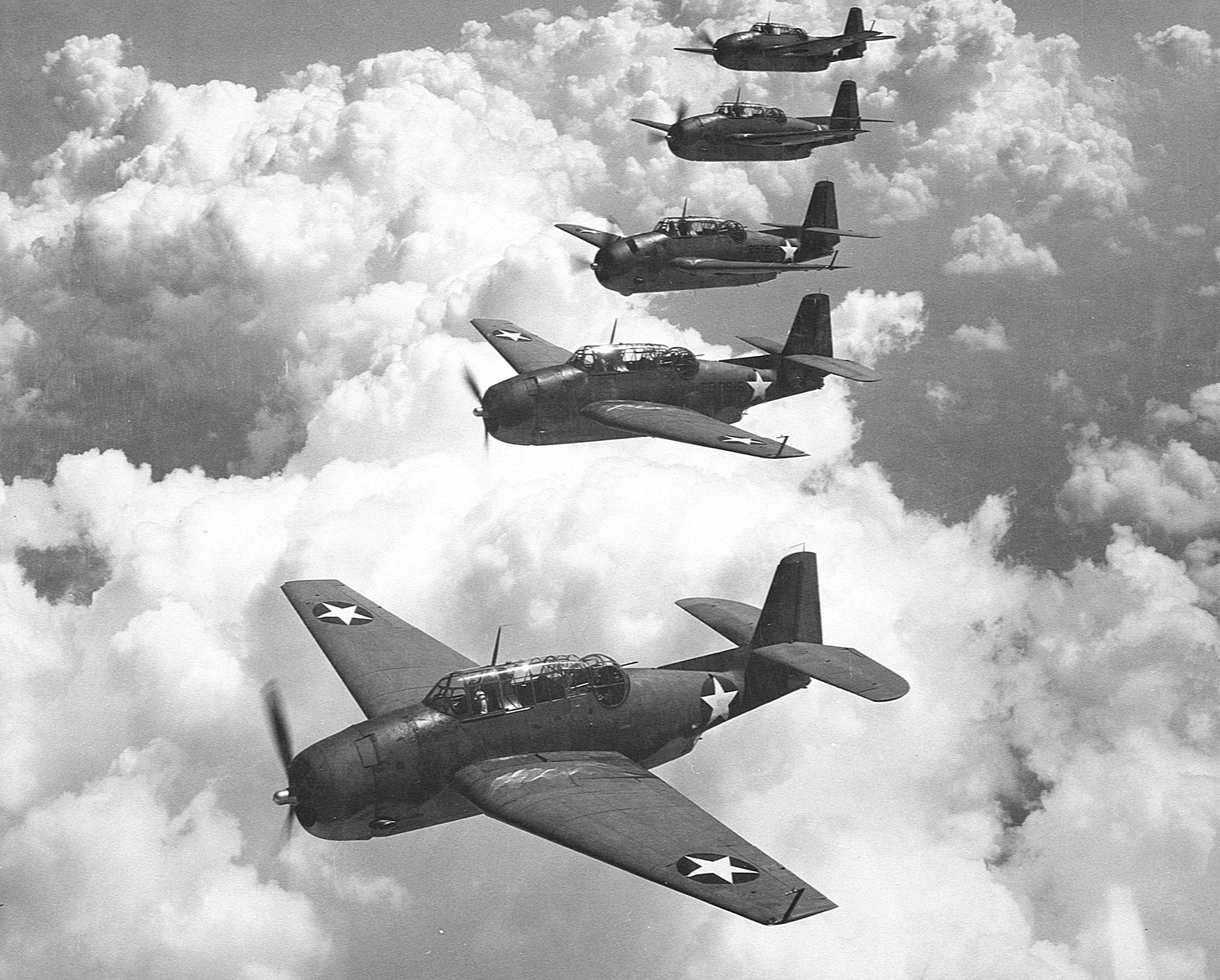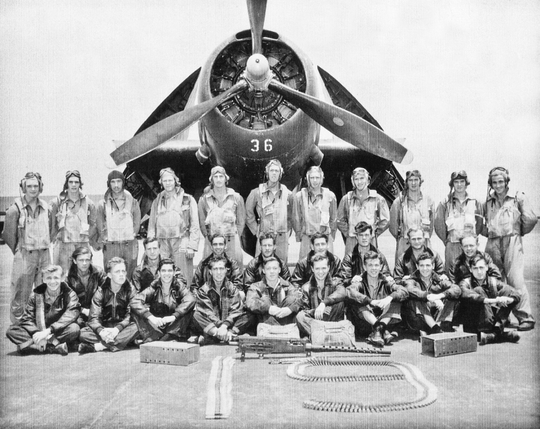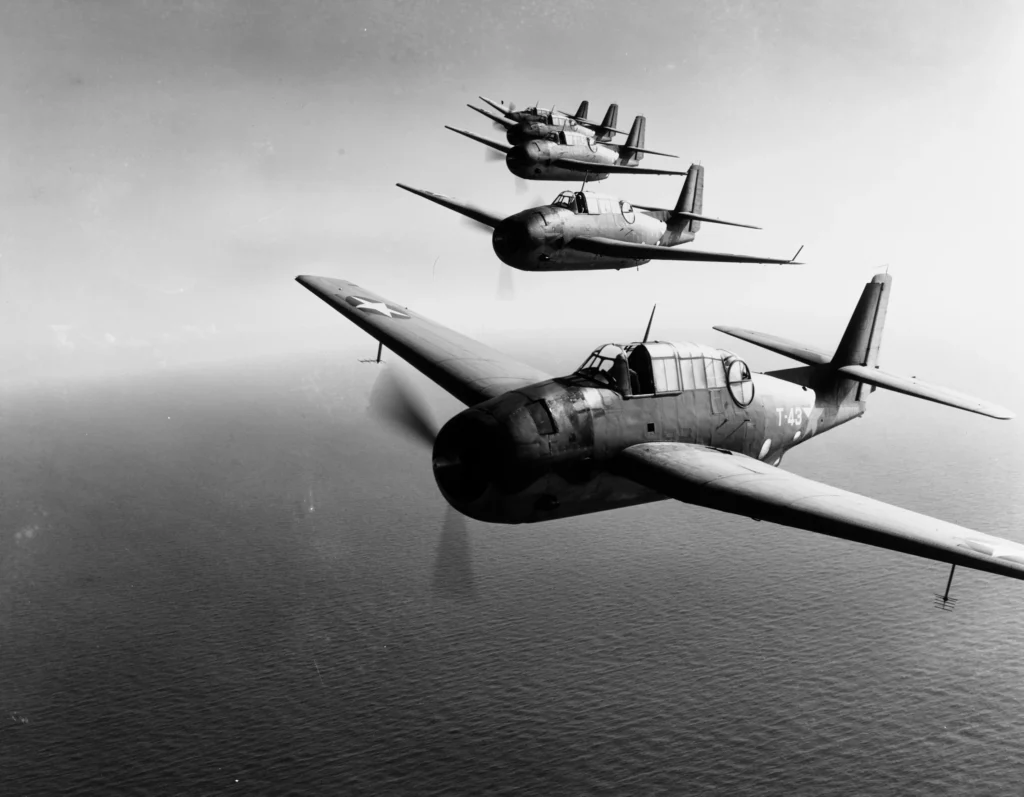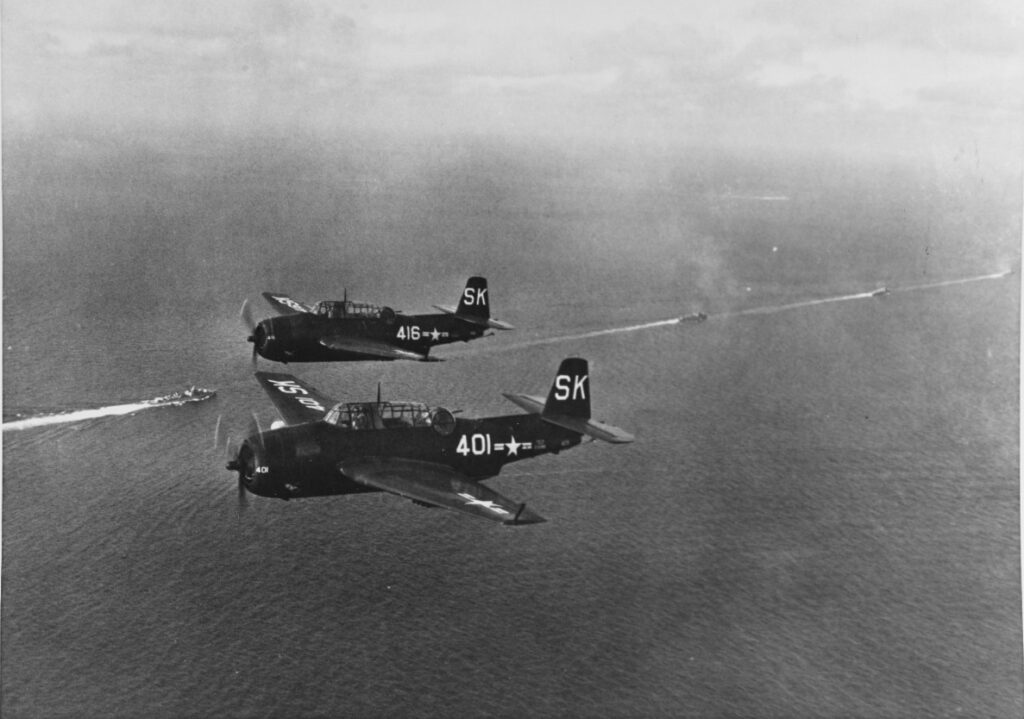The Mysterious Disappearance of Flight 19

On December 5, 1945, five U.S. Navy TBM Avenger torpedo bombers took off from Naval Air Station Fort Lauderdale, Florida, for a routine training mission known as Navigation Exercise No. 1. These planes, carrying 14 crewmen in total, were part of a group called Flight 19, led by experienced pilot Lt. Charles C. Taylor.

🔹 The Mission
Flight 19 was a routine U.S. Navy training exercise from Naval Air Station Fort Lauderdale, Florida. Five TBM Avenger bombers, with 14 men aboard, were sent on a navigation training mission over the Atlantic. The flight plan was to go east into the Bahamas, turn north, and then return west to base.
The squadron was led by Lt. Charles C. Taylor, a World War II combat veteran. The mission, called “Navigation Problem No. 1,” was considered standard.
🔹 What Went Wrong
Shortly after completing their bombing practice over the Hens and Chickens Shoals, the flight began experiencing navigational problems. Lt. Taylor reported that both of his compasses had failed and he was unsure of their position. He mistakenly believed they were over the Florida Keys, when they were actually over the Bahamas, east of Florida.
Because of this, he directed the flight to turn northeast, thinking they needed to head back over the Gulf of Mexico. In reality, this led them further out into the Atlantic Ocean, away from land. Some of the student pilots questioned the decision, but Taylor overruled them.
Radio transmissions grew more desperate as fuel ran low. Taylor was heard saying:
“We can’t tell where we are… everything is wrong… we can’t be sure of any direction… the ocean doesn’t look as it should.”
Eventually, he told the group to prepare to ditch their planes when fuel was nearly gone.

🔹 The Crash Landing (Likely)
There is no direct evidence of the crash, but it is widely believed that the planes ran out of fuel and were forced to ditch into the sea. Ditching a TBM Avenger in rough Atlantic waters was extremely dangerous, especially with waves reportedly over 10 feet high. The planes may have broken up on impact or sank quickly, leaving no time for escape.
No wreckage, bodies, or life rafts were ever found. The vastness of the Atlantic and the lack of precise coordinates made recovery extremely difficult.
🔹 Rescue Effort & Additional Tragedy
When radio contact was lost, the Navy launched an immediate search-and-rescue operation. One of the rescue aircraft, a PBM Mariner flying boat, with 13 crew members aboard, also disappeared less than 30 minutes after takeoff. A tanker ship in the area reported seeing a fireball in the sky and an explosion—suggesting the rescue plane exploded mid-air, likely due to a fuel vapor spark.
Over 300 ships and aircraft searched an area covering over 300,000 square miles for five days, but no trace of Flight 19 or the Mariner rescue plane was ever recovered.
🔹 Possible Explanations
The official Navy report eventually listed the cause of Flight 19’s loss as “unknown”, though it likely involved a combination of:
- Compass and navigation failure
- Pilot disorientation and human error
- Severe weather
- Fuel exhaustion
- Crash into the ocean during attempted ditching
Because of the complete disappearance, the event became linked to the legend of the Bermuda Triangle, a region in the Atlantic Ocean believed by some to be the site of strange phenomena.
🔹 Legacy and Cultural Impact
Flight 19 remains one of the most famous unsolved aviation mysteries. It has been featured in countless books, documentaries, and films—including the 1977 sci-fi classic Close Encounters of the Third Kind, where the squadron is mysteriously returned intact.
Today, a memorial stands at Naval Air Station Fort Lauderdale in honor of the lost crewmen. Though theories abound, the exact fate of Flight 19 remains unknown, continuing to fuel speculation and fascination around the Bermuda Triangle.

🔍 Conclusion:
Flight 19 most likely disappeared due to navigational errors caused by compass failure, compounded by bad weather, miscommunication, and fuel exhaustion.
Because no wreckage was ever found, the mystery deepened, giving rise to myths, legends, and speculation, particularly around the Bermuda Triangle.




